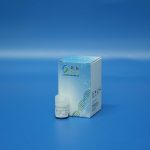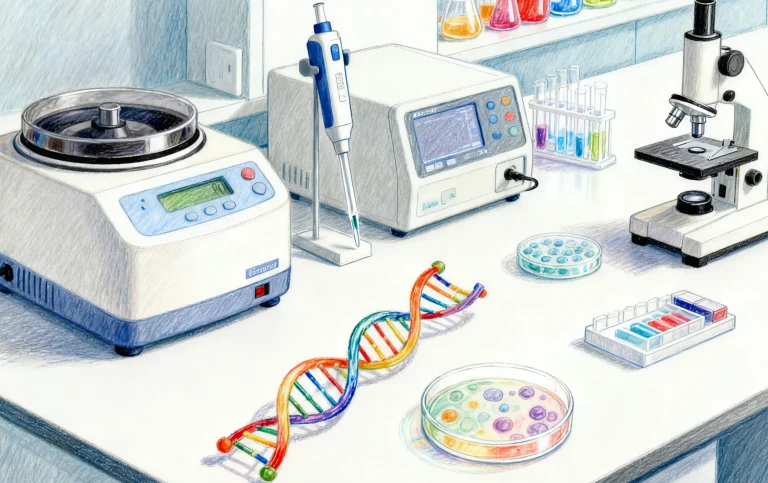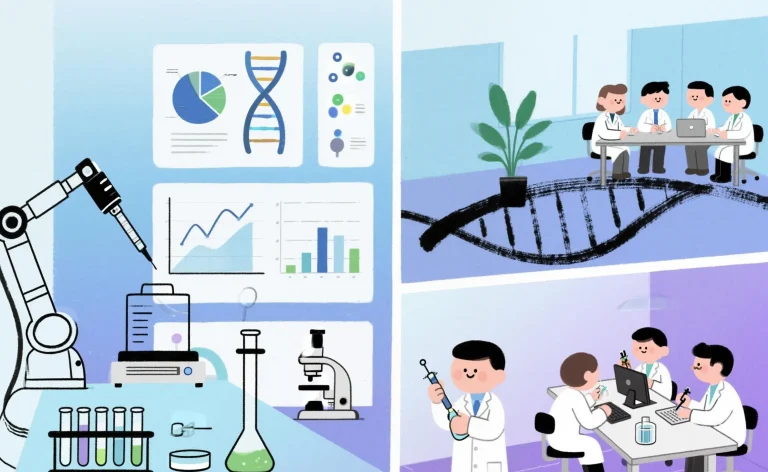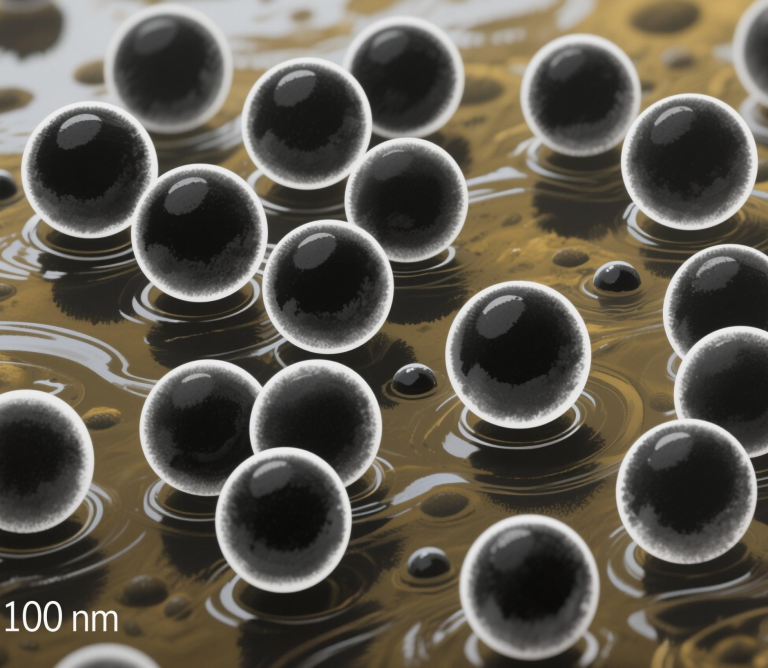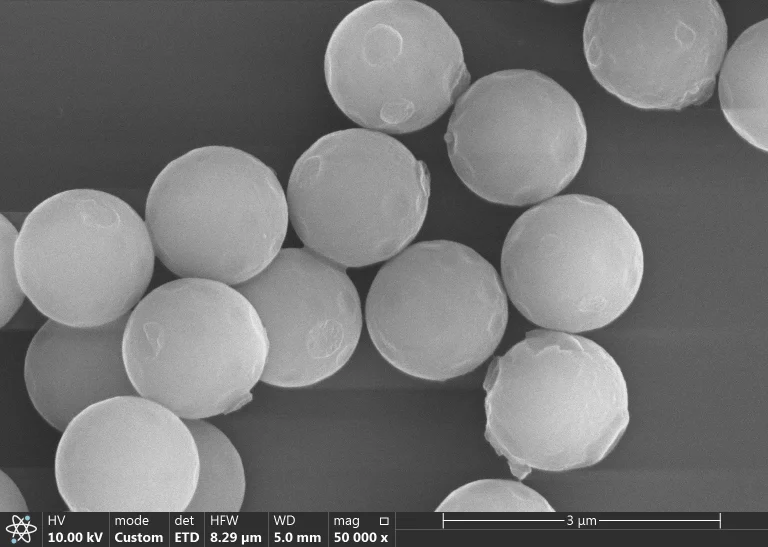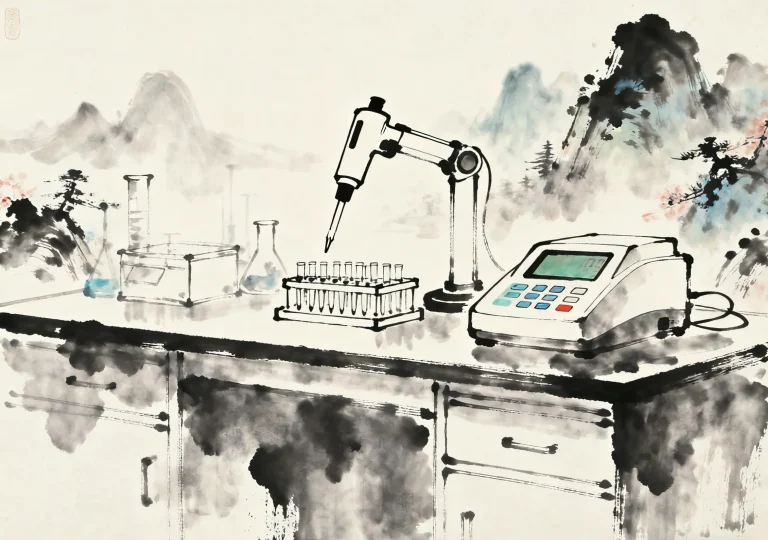Professional Manufacturer of Biomagnetic Beads

Free Nucleic Acid Extraction by Magnetic Bead Method
Cell free DNA (cfDNA) was first discovered in human peripheral blood, and in the past decades cfDNA has been extracted from urine, cerebrospinal fluid and pleural fluid. cfDNA-based liquid biopsy technology greatly reduces the pain and risk for patients due to its non-invasive nature, and the analysis of the results is based on gene sequencing, thus providing accurate and convincing information. The results are analyzed based on gene sequencing technology, so the analysis is accurate and the information is comprehensive and convincing.
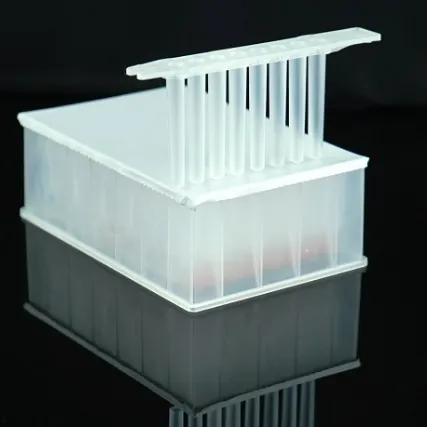
Comparative advantages of liquid biopsy
In comparison, CRISPR-Cas system-based detection technology is more expensive and can only detect and analyze a single sequence, which is low throughput and difficult to achieve comprehensive detection. Although the serum marker-based detection method is easy to operate, it is only effective for some genetic diseases, which limits its scope of application, and the specificity of serum marker detection has certain limitations.
Importance of cfDNA in medical testing
It has been shown by numerous studies that cfDNA derived from fetal and tumor tissues has greatly contributed to the development of the field of noninvasive prenatal diagnosis and liquid biopsy and other potential applications.
Fragment size of cfDNA and disease association
Different fragment sizes of cfDNA exist in human peripheral blood. cfDNA is not only an important biomolecular target for the detection of tumors, fetal development and autoimmune diseases, but also provides relevant information about the donor genome, which is of great significance for the detection and analysis of diseases.
Specificity of cfDNA fragment size
The cfDNA in the plasma of pregnant women derived from fetus, tumor-related cfDNA in the plasma of tumor patients and cfDNA in autoimmune deficiency patients are different from those in the plasma of healthy people in terms of fragment size.
Shanghai Lingjun Bio’s cfDNA Extraction Technology
Shanghai Lingjun Bio serum/plasma free DNA extraction reagent and ccfDNA extraction reagent realize the enrichment of short fragment DNA in human body fluids by magnetic bead method. Combining this high-resolution DNA fragment extraction technology with sequencing and other technologies holds the promise of solving the problems of low signal-to-noise ratio and poor sensitivity of samples in non-invasive prenatal diagnosis, liquid biopsy and early screening for immunodeficiency-type diseases. The use of the magnetic bead method will also have a driving effect on improving sequencing library building efficiency and cost savings, which will enable sequencing-based early disease screening to enter a deeper field and contribute more to the improvement of public health.
Supplier Introduction
Shanghai Lingjun Biotechnology Co., Ltd. was established in 2016 which is a professional manufacturer of biomagnetic materials and nucleic acid extraction reagents.
We have rich experience in nucleic acid extraction and purification, protein purification, cell separation, chemiluminescence and other technical fields.
Our products are widely used in many fields, such as medical testing, genetic testing, university research, genetic breeding, and so on. We not only provide products but also can undertake OEM, ODM, and other needs. If you have related needs, please feel free to contact us at sales01@lingjunbio.com.

